
Beavers Dam Good at Cleaning Water
By Dan DeBaunShare
Beavers dam building antics can help keep rivers clean and reduce the amount of valuable soil that is lost from farms with runoff, a new study has revealed.
For the study, scientists from the University of Exeter analyzed the impact a family of captive beavers had on cleaning up a river. The beavers where confined in a 2.5 hectare enclosure on a stretch of river and used in a trial river cleanup coordinated by the Devon Wildlife Trust. The study demonstrates that the beavers significantly reduced the flow of nutrients and soil from nearby farmland into the river system. Just a single beaver family removed significant levels of nitrogen, phosphorus and sediment from water as it flowed through enclosure.

The beaver family have been living within the fenced off site on a West Devon river since 2011, have constructed 13 dams which has stemmed the flow of water, creating several deep ponds along what used to be a shallow stream.
The scientists measured the nitrogen, phosphorus and suspended sediment levels in the water as it flowed into the site, and again as it flowed out after passing through the beaver's dams and ponds. They then compared the before and after measurements, and also measured how much nitrogen, phosphorus and sediment was trapped by the beavers dams in each pond.
They found that the beaver's dams had trapped more than 100 tonnes of sediment, of which 70% consisted of soil originating from intensively farmed grassland fields further upstream. They found that the trapped sediment contained high levels of nutrients (nitrogen and phosphorus) that pose both an environmental and health threat in high concentrations.
"It is of serious concern that we observe such high rates of soil loss from agricultural land, which are well in excess of soil formation rates," said Professor Brazier. " However, we are heartened to discover that beaver dams can go a long way to mitigate this soil loss and also trap pollutants which lead to the degradation of our water bodies. Were beaver dams to be commonplace in the landscape we would no doubt see these effects delivering multiple benefits across whole ecosystems, as they do elsewhere around the world."
A 2009 study estimated that soil loss from agricultural land in the United Kingdom equated to a financial cost of forty five million pounds, largely due to the negative impacts of nutrient and sediment pollution further downstream. Clearly beavers can play are positive role in keeping our waterways clean and healthy.
The Devon Wildlife Trust has been running beaver trials in fenced off enclosures on local rivers for seven years, and in 2015 also began running a similar project using a wild population of beavers living on River Otter in East Devon.
According to Peter Burgess, Director of Conservation and Development at the Devon Wildlife Trust, their partnership with the researchers from Exeter University is shedding light on the important contribution beavers can make in keeping freshwater systems healthy and sustainable for the benefit of both wildlife and humans. He finds it 'truly inspiring' to have their observations confirmed by robust scientific research.
Journal Reference
Alan Puttock, Hugh A. Graham, Donna Carless, Richard E. Brazier. Sediment and Nutrient Storage in a Beaver Engineered Wetland. Earth Surface Processes and Landforms, 2018; DOI: 10.1002/esp.4398
-
Regular price From $302.00 USDRegular priceUnit price / per
-
Regular price $234.00 USDRegular priceUnit price / per
-
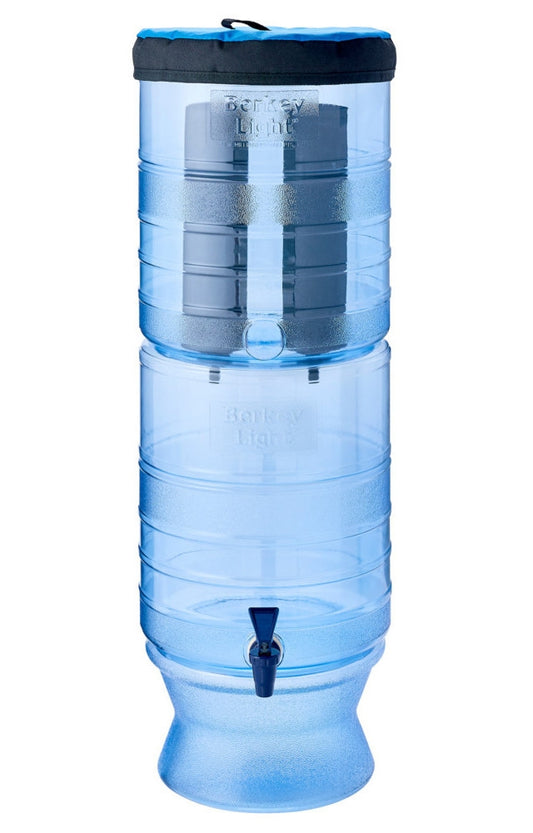
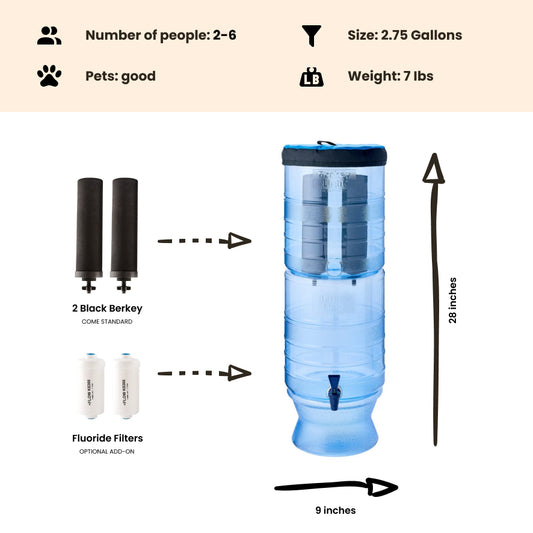 Sold outRegular price From $305.00 USDRegular priceUnit price / per
Sold outRegular price From $305.00 USDRegular priceUnit price / per -
Regular price $327.00 USDRegular priceUnit price / per
-
Regular price From $367.00 USDRegular priceUnit price / per
-
Regular price From $408.00 USDRegular priceUnit price / per
-
Regular price From $451.00 USDRegular priceUnit price / per

Dan DeBaun
Dan DeBaun is the owner and operator of Big Berkey Water Filters. Prior to Berkey, Dan was an asset manager for a major telecommunications company. He graduated from Rutgers with an undergraduate degree in industrial engineering, followed by an MBA in finance from Rutgers as well. Dan enjoys biohacking, exercising, meditation, beach life, and spending time with family and friends.
~ The Owner of Big Berkey Water Filters

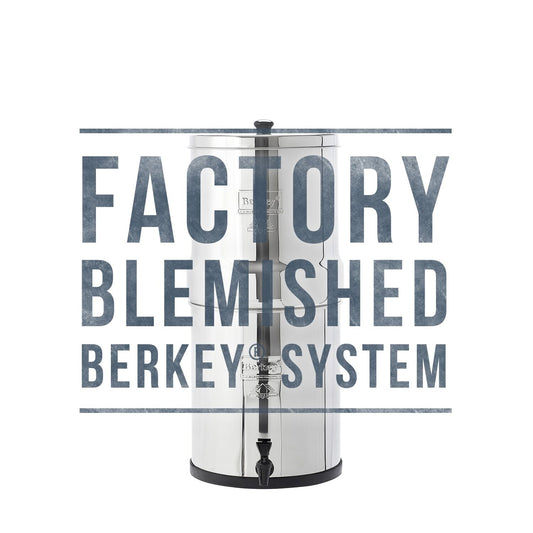









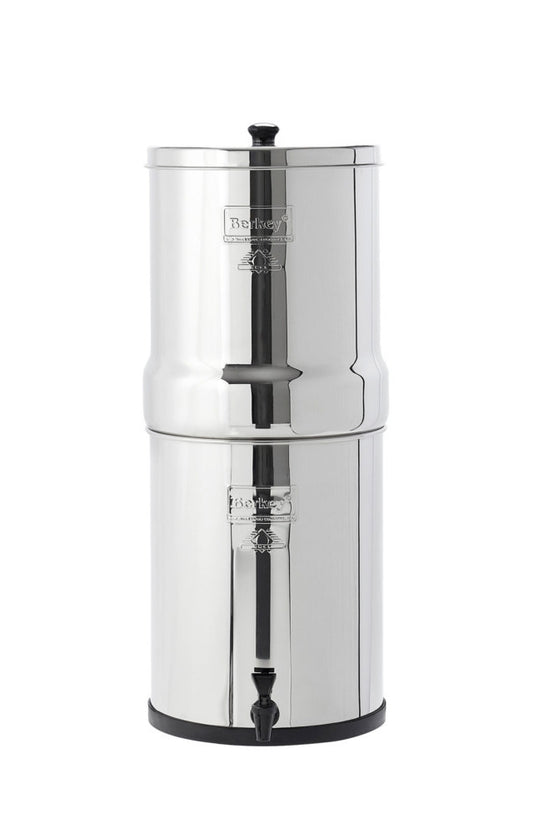
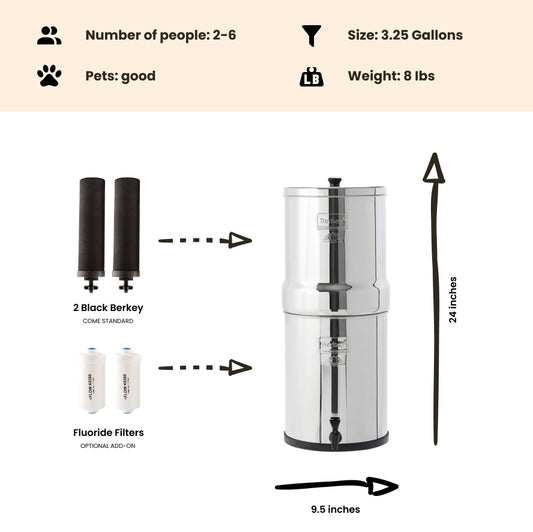



hi, I'm helping my daughter with a stem project using wood to filter water from a running stream. We have some ideas, but we need to use some sort of robotic application you have any ideas...